It’s been coming for a while now, but the Dongfeng Box has finally appeared in Malaysia for its official preview. The budget electric hatchback, called the Nammi 01 in China, is making its world premiere in right-hand-drive form here ahead of its launch slated in October.
The Box is being brought in by Central Auto Distributors (CADB), a subsidiary of the Malay Vehicle Importers and Traders Association of Malaysia (Pekema). The latter, a conglomerate of parallel importers, has already signed a memorandum of understanding (MoU) with NexV Manufacturing for CKD local assembly, although it’s understood the initial cars will be CBU fully-imported units.
The vehicles you see here are pre-production prototypes, so the finishes and fitted equipment are not representative of the finalised versions. That said, CADB is planning on selling just the range-topping model (the blue and purple units seen here) – internally called the E3 – rather than the lower-end E2 (represented by the lime green unit) that is only being used for testing.
Both are powered by a single electric motor at the front that produces 95 PS (70 kW) and 160 Nm of torque, enabling a top speed of 140 km/h. Against its main rival, the BYD Dolphin Dynamic Standard Range, the Box has the same amount of power but slightly less torque (-20 Nm).
The differences between the E2 and E3 models lie in the capacities of their lithium iron phosphate batteries. The base model has a minuscule 31.45 kWh pack that even on the wildly optimistic CLTC cycle can only muster 330 km of range. It’s a good job we’re only getting the E3 with the larger 42.3 kWh battery, faring slightly better with a range of 430 km – 10 km farther than the Dolphin Dynamic Standard Range.
Dongfeng has not disclosed the maximum DC charging input for the Box, merely saying that charging the battery from 30 to 80% takes around 30 minutes. That’s the same for both the E2 and E3, suggesting that the latter can support a higher wattage to compensate for the larger capacity. This is true of the AC charging input, quoted at just 3.3 kW for the E2 and 6.6 kW for the E3.
Design-wise, the Box’s cutesy rounded aesthetic carries hints of the smart #1, notably through the wraparound windscreen design and distinctive C-pillar cutout – both giving the car an in-vogue “floating roof” look. Still, these amount to a mere tip of the hat to the original rather than being a full-on copy (Chery, I’m looking at you), and we should point out that the inclusion of some of the smart’s “premium” features, such as flush pop-out door handles and frameless windows, is unheard of in this segment.
The rest of the design is rather simple, but neat touches such as the three-dimensional LED head- and taillights and full-width front light bar help lift the Box’s barebones look. The E3 rides on 17-inch two-tone five-spoke alloy wheels that are a step up from the E2’s steelies with aerodynamic covers (still 17s, mind).
The Box’s strong first impression continues on the inside, with a modern design and a surprisingly generous use of quilted faux leather. Notable features include decorative straps ahead of the front passenger and a floating centre console that houses a Qi wireless charger, an armrest storage box and additional open storage underneath. There’s even a drawer in place of a conventional glovebox, although users may balk at the paucity of available space.
As for the tech on board, the Box has a positively tiny five-inch digital instrument cluster, although the infotainment touchscreen is generously sized at 12.8 inches across (sound familiar?). The interface is fairly basic (there’s no Apple CarPlay or Android Auto as yet), but the living room-style home screen with its cat avatar (you can tap on it to get it to stretch) and customisable inspirational quote is very unique.
Other features include automatic air conditioning, a frameless rear-view mirror, a 360-degree camera system with a transparency function, 32-colour ambient lighting, six speakers and proximity locking and unlocking (accompanied by very loud activation sounds that can thankfully be turned off). No powered seats here, of course, but interestingly, both front seats have height adjustment, although the two-spoke steering wheel still only adjusts for rake, not reach.
Safety-wise, the E3 comes with a variety of driver assistance features, such as autonomous emergency braking, adaptive cruise control, lane centring assist, traffic sign recognition and park assist. Unfortunately, the Box is offered with just two airbags across the range.
No pricing information (finalised or estimated) has been provided just yet, but expect the Box to be priced in the ballpark of the Dolphin Dynamic Standard Range and Neta V, all hovering around the RM100,000 floor price for CBU EVs. Aside from the this car (and its CKD plans), CADB also aims to bring in a further three electric models. The company has not identified those EVs, but perhaps we can hope for models from Dongfeng’s more upmarket Voyah brand.
GALLERY: Dongfeng Box E2 in Malaysia
GALLERY: Dongfeng Box E3 in Malaysia
Looking to sell your car? Sell it with Carro.

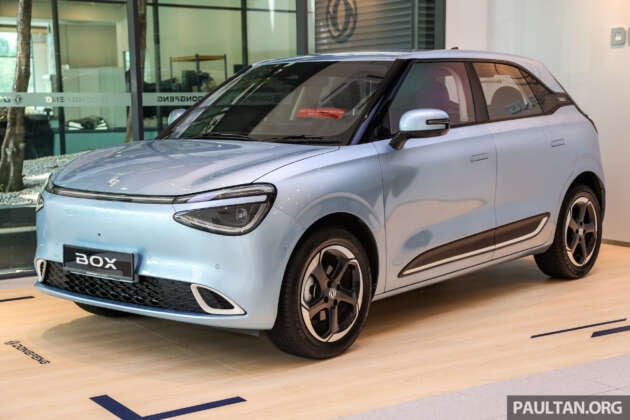
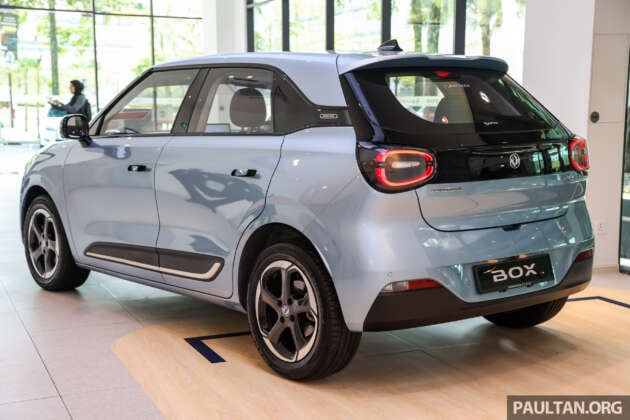



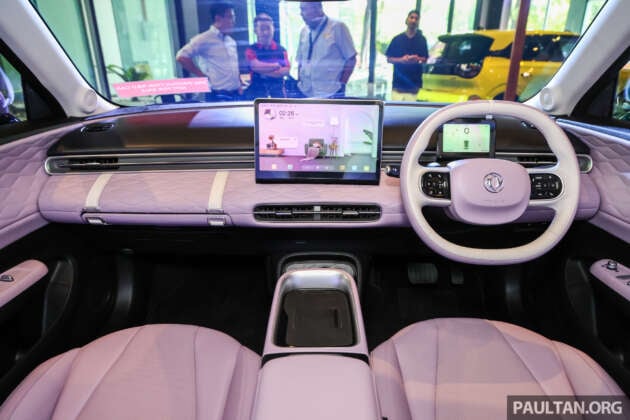


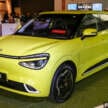
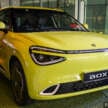
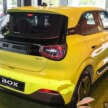
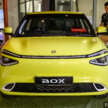
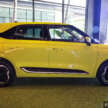
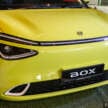
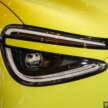
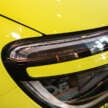
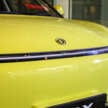
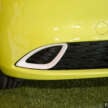
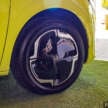
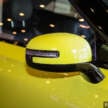
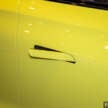
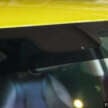
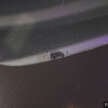

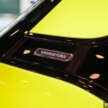
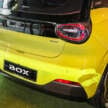
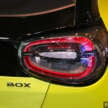
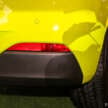
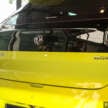

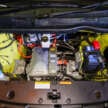
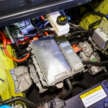
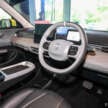
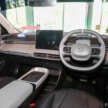
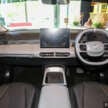
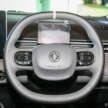
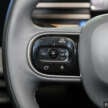
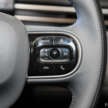
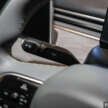
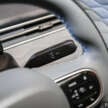
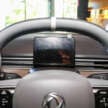
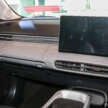

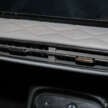
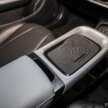
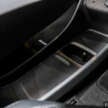
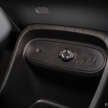
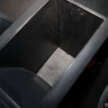

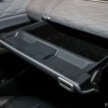
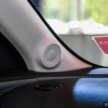
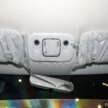
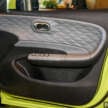
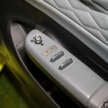
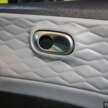
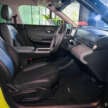
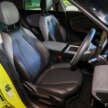
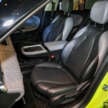
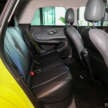
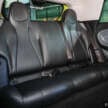
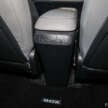
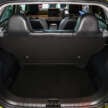
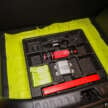
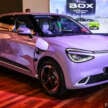
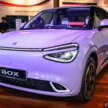
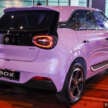
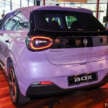
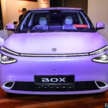
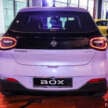
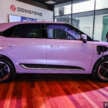
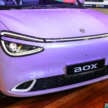
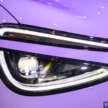
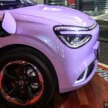
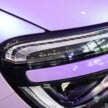
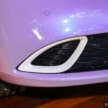
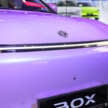
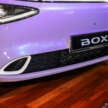
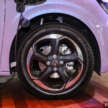
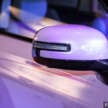
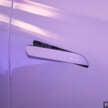
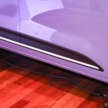

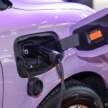
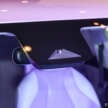
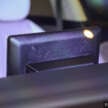
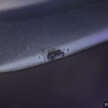

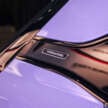
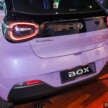
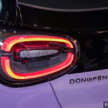
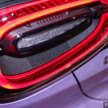
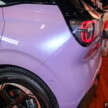
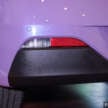
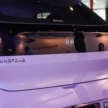
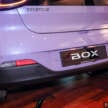
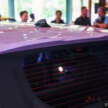

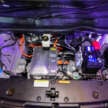
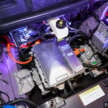
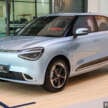
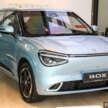
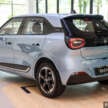
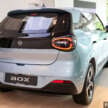
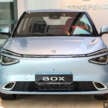
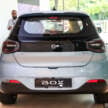
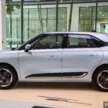
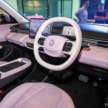
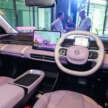
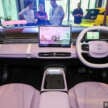
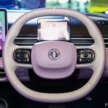
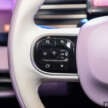
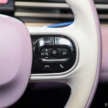
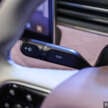
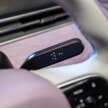
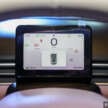
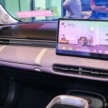



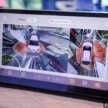


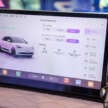
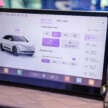
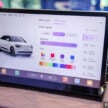
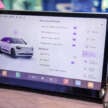
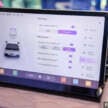
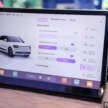
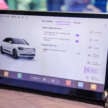
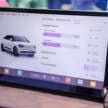
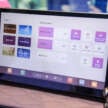

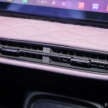
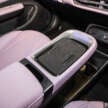
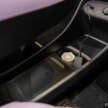
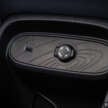
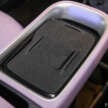
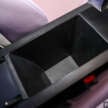

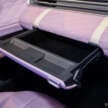
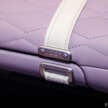
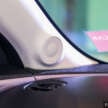
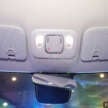
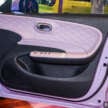
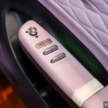
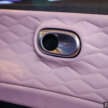
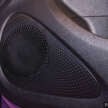
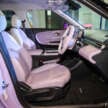
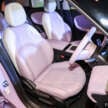

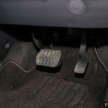
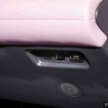
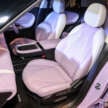
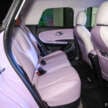
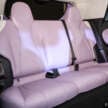
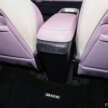
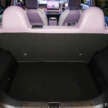
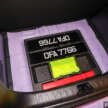

The number of EV brands that keep launching just making you feel dizzy. There is more EV choices than when you try to shop for a toaster.
Many of these will eventually become industrial waste…
The only time the ccp thinks outside of the box is when they steal intellectual properties haha MY gonna be perpetually a low income country, so much love for cheapo brands haha
this kind of lapsap ev is taknak. bring in the good ones please.
BYD already Chinese Best
Jangan tunggu lagi
bolehland with boleh NCAP, no problem, pls masuk, but double price selling ;-)
Do we have any anti-dumping laws for cars here?
Selling cars for more than the selling price in their home country is the opposite of dumping
What kind of name is DONG FENG ?
aiya, this one should be price around axia price la. apa benda ev china sampai 100k
Two airbag only? How to compete with BYD Dolphin
I read the headline and I laughed, as though a news worth remembering. There’s plenty of more significant news around.
Really good and reliable car. If priced like axia, this will sell like hot karipap. With EV car nothing much to worry la. Just buy and enjoy. No need worry minyyak leaking la, gearbox rosak la dll. Hassle free and perfect for young girls or ladies that do not like sitting in the mechanic shop for hours
Dongfeng produced Naza Sutera…lasted only 10yrs .. after tht period most of the spare parts are hard to get….say no to this brand…
more choices for car buyers and hope it can represent a reasonable price